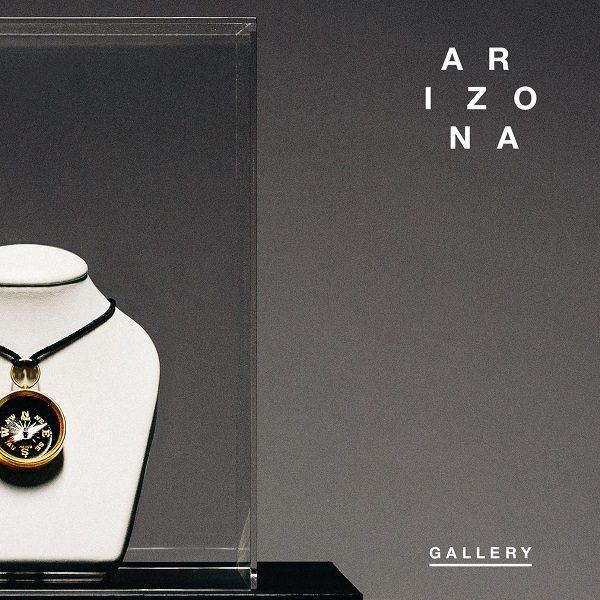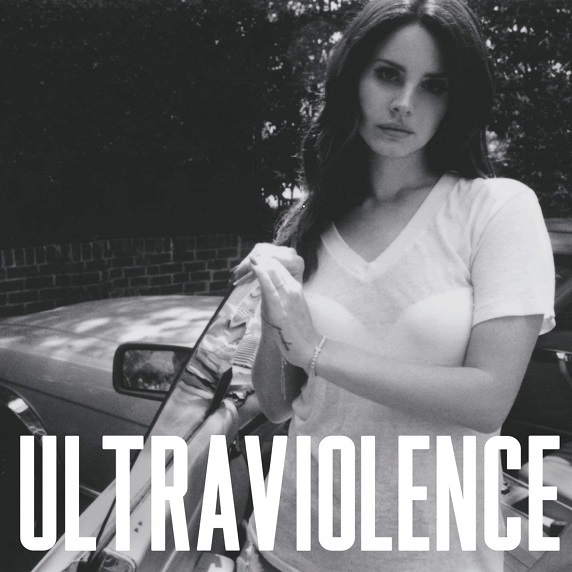The world of music has been constantly evolving throughout the decades, and the definition of what can be considered as music has been changing. When you first think of music, you think that it has to sound good for you to want to listen to it again. The reality of the situation is, that decision is merely subjective.
I have been noticing some shifts in the aesthetics behind developing music genres, and I realized that the delivery varies depending on the style of the artist. A particular aesthetic that caught my ear was one that Lana Del Rey portrays. When I first heard this song I immediately thought that it was bad because it is technically nonuniform and messy. When I realized that the singer did this intentionally, it made me think a lot. It was clear that it was targeted for a specific audience.

In the audio above, you can see (or rather hear) Lana present her music as her own unique style, which made sense why not everyone would listen to that style of music unless they really like the approach taken. It’s like when people criticize art; it’s very subjective depending whether you like the method or not. I personally did not like her music up until I realized that. In her lyrics, she manages to match her “Ultraviolence” image by matching them with her own meaning, hence the unordinary lyrics of “Cause I was filled with poison, but blessed with beauty and rage”
The next aesthetic that was analyzed is vocal-oriented. In the 90’s, Mariah Carey was known for something called “whistle notes”, which is a technique of singing where your vocals produce a very high pitched sound. Nowadays, that style of singing has been revolutionized to a level where some artists use it as an instrument. This is demonstrated in an Ariana Grande song called “Imagine”, released earlier this semester. You can see in the audio clip below that the whistle notes were used as a tool to show this manner.

Another aesthetic I observed in music is when the artist would take an avante-garde approach by using inconsistent vocal techniques to end a song. The main focus I want to point out is the layering of the notes. This approach works with the instrumental to create a false grand finale. The following track is from a song called “Earned It” by The Weeknd.

I found another form of singing that sounds close to yelling. The artist, BANKS, created a song titled “Better”, which shows the demographic she intended to cater for. In this track, you can see her shout her words in an extended way, redefining her meaning of on-key vocals. I find that this concept worked in her favor, especially since it is out of the ordinary. It presents a personal type of vocalizing that showed her raw self.

The final form of music aesthetics I came across revolves around editing vocals to sound coherent with the track itself. There is a band called “A R I Z O N A” that demonstrate this perfectly, as seen in the clip below. What I witnessed from that technique is the buildup that was created before the instrumental breakdown.

In conclusion to this aesthetics exploration, I realized that the conventional way music is perceived is very much open ended nowadays compared to a decade ago. It’s interesting to see the album covers of the samples in this post are all in black and white, which makes me wonder if there is a trend surrounding this topic. Aesthetics in my opinion is not always visual, and I wanted to use this post to prove that there are other components to someone’s aesthetic. In this case, it’s presented in the form of audio, and since we all listen to music, I wanted to shine a light on a new perspective.


3 Comments. Leave new
I like that you chose an audio based aesthetic. Before learning about what an aesthetic was I would never have been able to think of music as an aesthetic. Music is extremely subjective depending on life experiences, and what you grew up listening to. I find it interesting you were able to connect the instrumentation and various octave choices to the audience. You spoke briefly about music albums at the end which some people swear by and wear on their clothing. I would have loved to hear more about your thoughts on album aesthetics combined with the artists sound. What is the purpose of the album cover in general? When did this start?
Rachel,
I agree with what you said about people wearing album covers and swear by them. A good example of that is the “parental advisory, explicit content” logo. When it comes to correlating album covers with the artist sound, I feel like they do that intentionally in the more recent years. For example, the album cover for the BANKS song (third picture) is intended to show that she wants to be raw and project a raw aesthetic (vocally and visually).
It is interesting to see that you chose to explore an audible aesthetics. Artists, now-a-days, each express themselves in their kind of way by creating their own aesthetic to the world. An artist’s aesthetic can be a a combination of different aesthetics and moods that gets to show itself in their work and the way they present themselves to the world. They not only follow the aesthetic they have chosen for themselves in their music, but they express it through their clothing, hair, and every piece of work they get to be part of. For instance, we get to experience new music when two or more artists decide to collaborate. The collaboration piece becomes the new hybrid baby of two different, or similar, aesthetics to create its own unique aesthetic. Also, I like how you mentioned that you initially hated Lana’s music, until you understood her aesthetic and that was the vibe she was going for. More often that not, people judge artists and their work based on how it communicates to them. It severely depend on whether or not they can relate to the artist work or not, rather than seize the opportunity to explore , learn , and understand something that they haven’t come across before. Appreciation of art is different from liking it. We can all try to appreciate more artwork rather than judging and tossing it to the side.